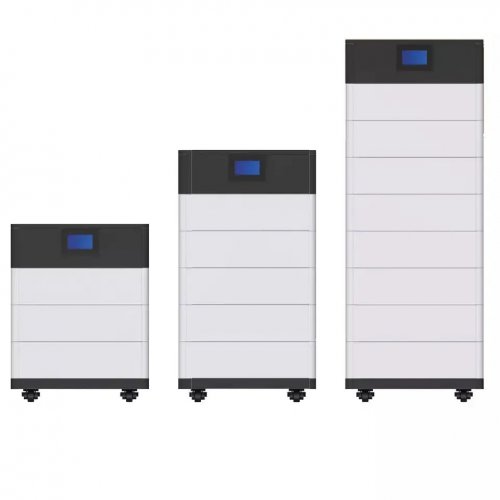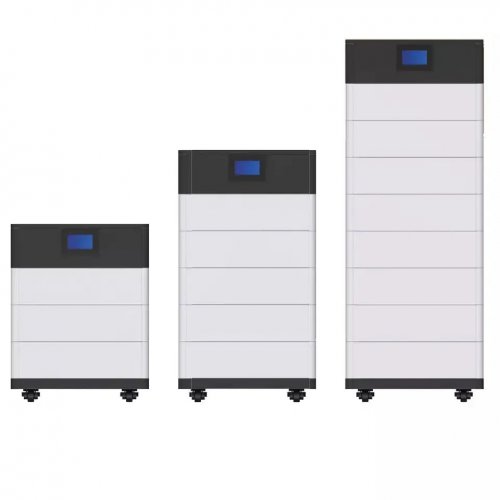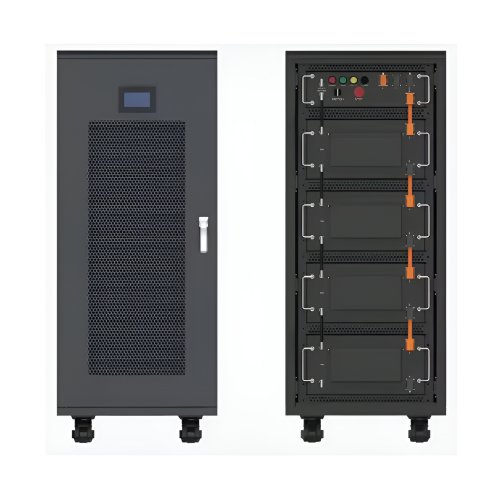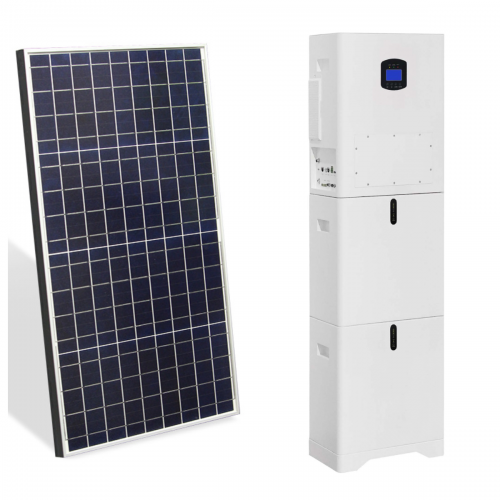Battery Manufacturing Trends News: Solid-state Advancements And Gigafactory Expansions Reshape The Global Landscape
The global battery manufacturing sector is undergoing a period of unprecedented transformation, driven by the dual engines of electrification and energy transition. Current industry dynamics are characterized by rapid technological innovation, massive capital investment, and strategic geopolitical maneuvering, all aimed at securing a dominant position in the future energy economy.
Latest Industry Developments
A significant portion of recent news has been dominated by the relentless expansion of gigafactory projects. Leading battery producers, such as China's CATL and South Korea's LG Energy Solution, continue to announce new facilities across North America and Europe, often through joint ventures with major automakers like Ford, Stellantis, and Hyundai. This trend is largely fueled by policy frameworks like the U.S. Inflation Reduction Act (IRA), which incentivizes localized production and sourcing of critical minerals.
Concurrently, the long-anticipated shift towards solid-state battery technology is showing tangible progress. Toyota recently announced a revised roadmap, committing to commercialize solid-state batteries for hybrid vehicles as early as 2027, with broader EV application to follow. Several startups, including QuantumScape and Solid Power, have begun shipping prototype samples to automotive partners for testing, marking a critical step from laboratory research to real-world validation. Furthermore, the industry is witnessing a surge in investment for sodium-ion battery production. Companies like CATL and Sweden's Northvolt are advancing plans to manufacture these lithium alternatives, which offer benefits in cost, safety, and supply chain stability for specific applications, particularly energy storage systems and lower-range vehicles.
Trend Analysis: Five Defining Shifts
Several key trends are shaping the strategic direction of battery manufacturing:
1. Geographical Diversification and Reshoring: The concentration of battery production in Asia, particularly China, is being actively challenged. The IRA in the U.S. and similar initiatives in Europe are accelerating the development of a localized supply chain, from raw material processing to cell production and recycling. This "localization for security" trend aims to reduce geopolitical risks and ensure a stable supply for regional automotive industries.
2. Chemistry Diversification: While lithium-ion remains the dominant technology, the industry is actively exploring a multi-chemical future. The focus is expanding beyond energy density to include cost, charging speed, sustainability, and resource availability. This is leading to the parallel development of high-nickel NMC, lithium iron phosphate (LFP), solid-state, and sodium-ion batteries, each targeting different market segments.
3. Vertical Integration: Major players are moving beyond cell manufacturing to control more of the value chain. This includes upstream investments in mining and processing of critical minerals like lithium, nickel, and cobalt, and downstream integration into recycling operations. This strategy mitigates supply volatility, captures more value, and ensures greater control over the environmental footprint of their products.
4. Focus on Sustainability and Circularity: As the industry scales, its environmental impact is under increased scrutiny. There is a growing emphasis on powering manufacturing facilities with renewable energy, reducing water usage, and designing cells for easier disassembly and recycling. The development of a robust recycling ecosystem is seen as crucial to creating a circular economy, reducing the need for virgin materials and minimizing waste.
5. Manufacturing Innovation: To drive down costs and improve quality, manufacturers are increasingly adopting Industry 4.0 principles. Artificial intelligence and machine learning are being deployed for predictive maintenance, quality control, and optimizing complex chemical processes. Advanced automation and digital twin technology are making gigafactories more efficient and scalable.
Expert Perspectives
Industry analysts and leaders highlight both the opportunities and challenges within these trends.
"The policy-driven push for regional supply chains is creating a bifurcated market," notes Dr. Elena Silva, a senior analyst at a clean energy research firm. "While it stimulates investment in North America and Europe, it also creates inefficiencies and potential cost premiums in the short to medium term. The key will be scaling up local expertise and infrastructure to compete with the established Asian supply chain on both cost and innovation."
On the technological front, there is cautious optimism. "Solid-state batteries represent a potential step-change in performance," says Professor Kenji Tanaka, a materials science expert. "However, the manufacturing challenges cannot be understated. Moving from a single-layer prototype to high-volume, consistent production of multi-layer cells is a monumental task that will require entirely new production equipment and processes. The timeline for widespread adoption remains uncertain."
John Carlson, a supply chain consultant for the automotive industry, emphasizes the critical mineral challenge. "The demand for lithium, nickel, and graphite is projected to outstrip supply within this decade. While new mining projects are underway, the lead times are long. Diversifying chemistries, such as the rise of LFP and sodium-ion, is a pragmatic and necessary response to this impending bottleneck."
In conclusion, the battery manufacturing industry is at a pivotal juncture. The convergence of technological innovation, geopolitical strategy, and environmental imperatives is creating a complex and competitive landscape. The companies and nations that successfully navigate these trends—mastering new technologies, building resilient supply chains, and implementing sustainable practices—are poised to lead the coming energy era.
Customized/OEM/ODM Service
HomSolar Supports Lifepo4 battery pack customization/OEM/ODM service, welcome to contact us and tell us your needs.


HomSolar: Your One-stop LiFePO4 Battery Pack & ESS Solution Manufacturer
Our line of LiFePO4 (LFP) batteries offer a solution to demanding applications that require a lighter weight, longer life, and higher capacity battery. Features include advanced battery management systems (BMS), Bluetooth® communication and active intelligent monitoring.

Customised Lithium Iron Phosphate Battery Casing
ABS plastic housing, aluminium housing, stainless steel housing and iron housing are available, and can also be designed and customised according to your needs.

HomSolar Smart BMS
Intelligent Battery Management System for HomSolar Energy Storage System. Bluetooth, temperature sensor, LCD display, CAN interface, UART interface also available.


Terminals & Plugs Can Be Customized
A wide range of terminals and plugs can be customised to suit the application needs of your battery products.

Well-designed Solutions for Energy Storage Systems
We will design the perfect energy storage system solution according to your needs, so that you can easily solve the specific industry applications of battery products.



About Our Battery Cells
Our energy storage system products use brand new grade A LiFePO4 cells with a battery lifespan of more than 4,000 charge/discharge cycles.



Applications in Different Industries
We supply customized & OEM battery pack, assemble cells with wiring, fuse and plastic cover, all the cell wires connected to PCB plug or built BMS.
Applications: E-bike, Electric Scooter, Golf Carts, RV, Electric Wheelchair, Electric Tools, Robot Cleaner, Robot Sweeper, Solar Energy Storage System, Emergency Light, Solar Power Light, Medical Equipment, UPS Backup Power Supply.
We can provide you with customized services. We have the ability to provide a vertical supply chain, from single cells to pack/module and to a complete power solution with BMS, etc.


HomSolar (Shenzhen) Technology Co., Ltd
























